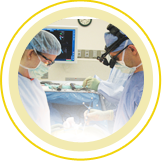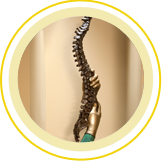Dr. Ruben Torrealba is a back pain specialist here at Spine & Scoliosis Specialists in Greensboro, NC. He will be giving a talk on back pain treatment options at the Millis Regional Health Education Center. The details for the presentation are as follows:
 Back Pain Treatment Options
Back Pain Treatment Options
Tuesday, July 28 2015
11:30 am – 1:00 pm
Millis Regional Health
Education Center
600 N. Elm Street
High Point, NC 27262
Presenter: Ruben Torrealba, MD
Lunch Provided
Free event – Registration is required
Call (336) 878-6888 to reserve your seat!
Dr. Torrealba specializes in the treatment of all types of simple and complex spinal disorders, ranging from simple backaches to spondylolisthesis, herniated and bulging discs, spinal stenosis, fractures and degenerative disorders of the spine. He has extensive training in minimally invasive surgery.












